24 June 2025
Classrooms are more than just four walls and desks. They’re dynamic environments where young minds are shaped, curiosity is sparked, and lifelong learning begins. But have you ever stopped to think about how the physical setup of a classroom can actually impact a student’s ability to explore and discover? Creating a classroom space that encourages exploration and discovery doesn’t just happen by accident. It’s a deliberate process that requires thoughtful design, creativity, and a dash of imagination.
In this article, we’ll dive deep into how you can transform your classroom into a place where students feel inspired to ask questions, take risks, and embrace their innate curiosity. Whether you’re a seasoned teacher or new to the profession, these insights will help you craft an environment that fosters learning in the most exciting way possible.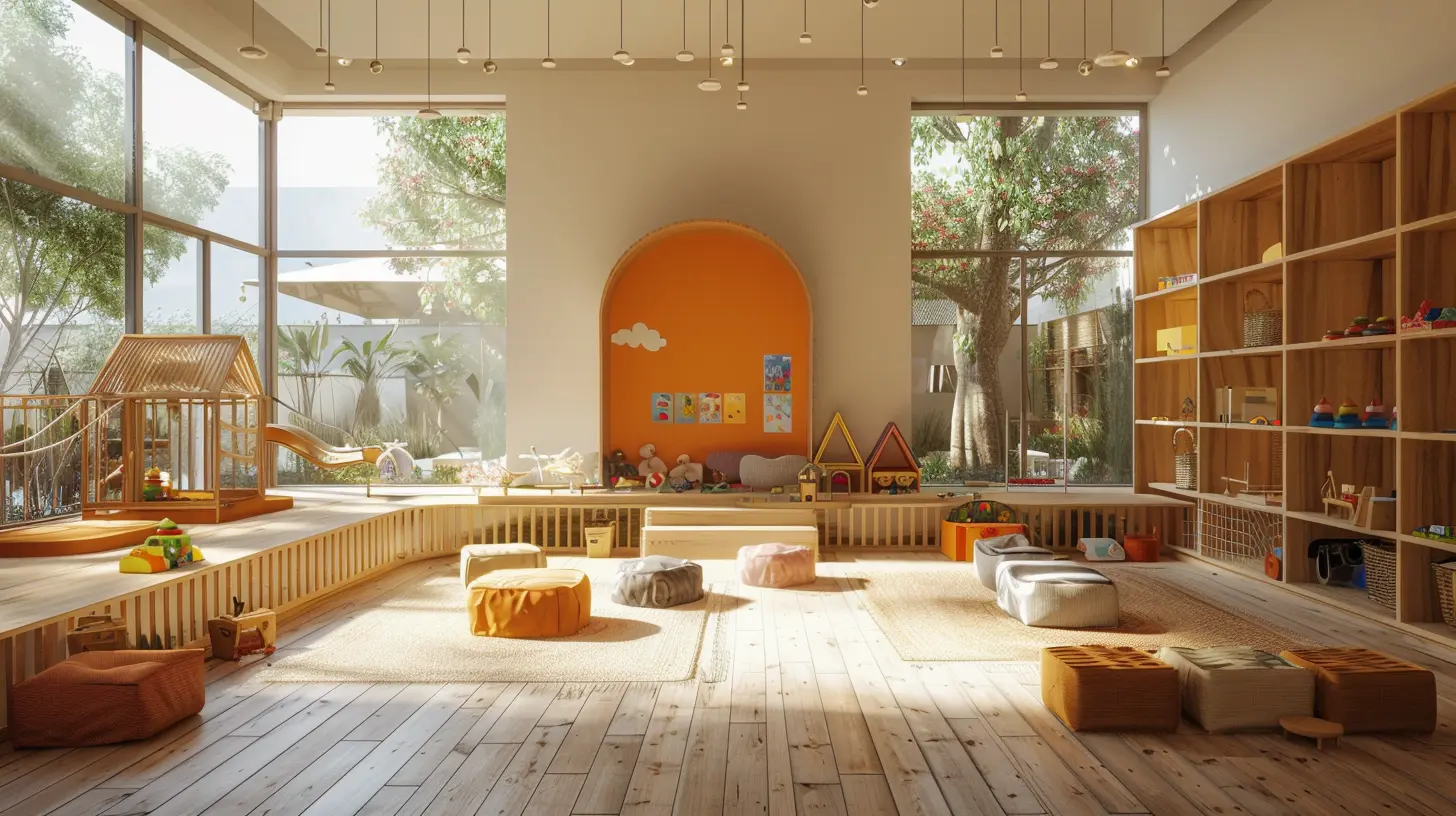
Why Does Classroom Setup Matter?
Before we get into the nitty-gritty details, let’s answer a fundamental question: Why does the physical layout of a classroom even matter? Isn’t it enough to have good teaching materials and a solid curriculum? Well, not quite.Imagine trying to bake a cake without a proper kitchen. Sure, you might have all the ingredients, but without the right space, tools, and setup, it’s bound to be a messy, frustrating experience. The same goes for learning. The classroom environment plays a crucial role in how students engage with the material—and more importantly, how they feel about learning itself.
A well-designed classroom can:
* Spark creativity and imagination
* Foster collaboration and teamwork
* Encourage independence and self-directed learning
* Provide comfort and a sense of security
* Promote physical movement, which is linked to cognitive development
So, how can we create these magical learning spaces? Let’s explore.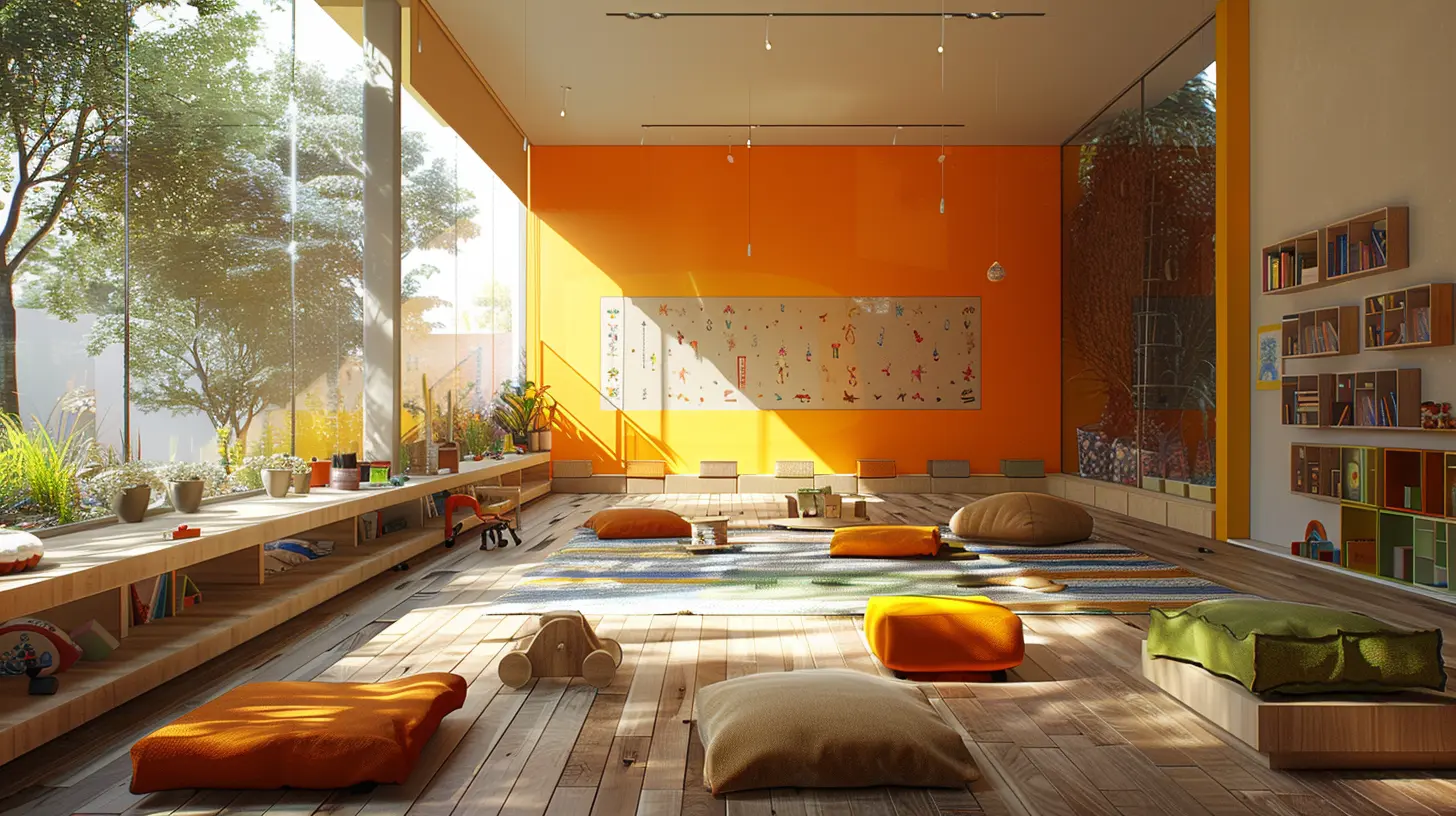
Key Elements for Encouraging Exploration and Discovery
1. Flexible Seating Arrangements
Gone are the days when students sat in rigid rows, facing the front of the classroom for hours on end. Today’s classrooms need flexibility. Why? Because students learn in different ways, and the traditional “sit and listen” model doesn’t suit everyone.Providing flexible seating options allows students to choose where and how they learn best. Bean bags, standing desks, floor cushions, and even stools can provide much-needed variety. Some students may prefer to sit in groups, while others might do their best work in a quiet corner by themselves.
Think of your classroom like a café—there’s a mix of tables for group work, cozy nooks for solo reading, and high-top counters for quick chats. Giving students the freedom to move around and find their “sweet spot” can significantly boost engagement and focus.
2. Interactive Learning Zones
Imagine walking into a classroom that feels more like a mini-museum or a creative studio than a typical school setting. Now, imagine how motivated and curious students would feel in that environment. Interactive learning zones are designated areas within the classroom that serve specific purposes and encourage hands-on exploration.Here are some ideas to get you started:
- Reading Nook: A cozy corner filled with books, cushions, and soft lighting where students can dive into their favorite stories.
- STEM Station: A dedicated space for science, technology, engineering, and math activities. This could include building blocks, circuit boards, or coding challenges.
- Art Corner: A creative area stocked with paint, markers, clay, and other materials where students can express themselves.
- Exploration Table: A rotating display of interesting objects, puzzles, or artifacts related to the current lesson. Think magnifying glasses, fossils, or models of the solar system.
By setting up these interactive zones, you're essentially giving students permission to explore subjects in a way that feels less formal and more organic.
3. Incorporating Nature and Natural Elements
There’s something inherently calming and inspiring about nature. Incorporating natural elements into the classroom can help students feel more connected to the world around them, sparking curiosity and creativity.Here are a few ways to bring the outdoors in:
- Plants and Greenery: Adding live plants not only improves air quality but can also create a sense of tranquility. Plus, students can take responsibility for watering and caring for them.
- Natural Light: Whenever possible, maximize natural light in your classroom. If your classroom lacks sufficient windows, use light-colored walls and mirrors to reflect what little natural light you have.
- Outdoor Learning: If you have access to an outdoor space, take the classroom outside! Fresh air and a change of scenery can do wonders for student engagement. Even a simple nature walk can lead to exciting discoveries.
4. Displaying Student Work
Students need to feel like their contributions matter, and one of the simplest ways to achieve this is by displaying their work. Whether it’s artwork, essays, or science projects, showcasing student achievements on the walls can boost self-esteem and give students a sense of ownership over their learning space.But it’s not just about hanging up pretty pictures. You can take it a step further by creating a rotating “Exploration Wall” where students display their personal discoveries or findings from recent lessons. This could be anything from a cool fact they learned about outer space to a plant they found during recess. The key is to make the classroom feel like an evolving space of shared knowledge and personal growth.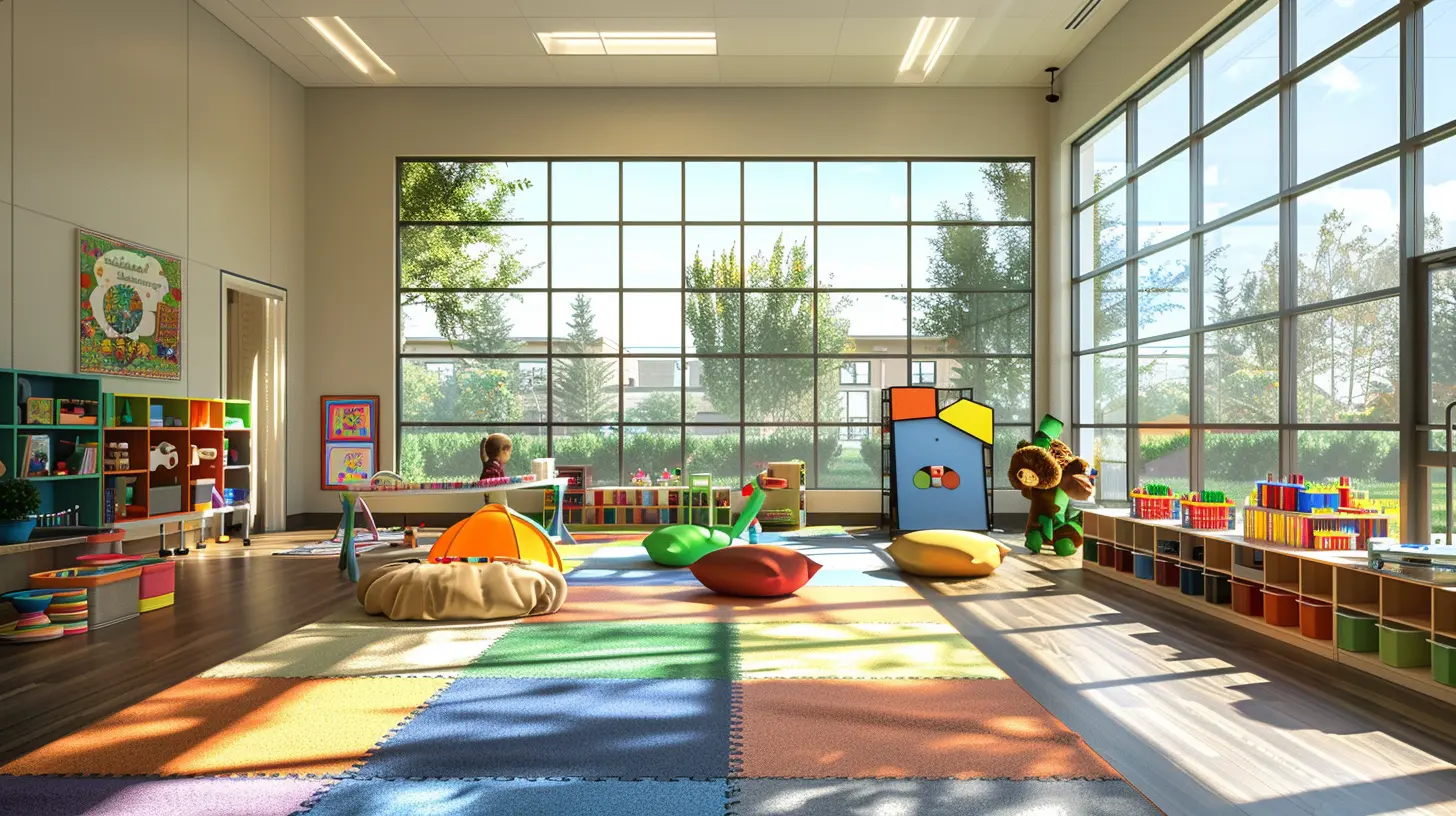
Encouraging Curiosity Through Classroom Culture
Now that we’ve covered the physical aspects of the classroom, let’s talk about the classroom culture. After all, even the most beautifully designed space won’t encourage exploration if students don’t feel safe taking risks or asking questions.1. Fostering a Growth Mindset
In classrooms that encourage exploration, failure isn’t something to fear—it’s something to embrace. By promoting a growth mindset, you’re teaching students that mistakes are part of the learning process. Encourage students to ask questions, try new things, and even make a few mistakes along the way. After all, isn’t that how the greatest discoveries are made?For example, you could have a “Mistake of the Day” board where students share something they learned from an error. This simple act can normalize failure and turn it into a learning opportunity.
2. Encouraging Open-Ended Questions
Questions are the gateway to discovery. Rather than focusing solely on right or wrong answers, encourage open-ended questions that require students to think critically and creatively. These types of questions don’t have a single correct answer and often inspire further exploration.For instance, instead of asking, “What is the capital of France?” you could ask, “How might the location of Paris have influenced its history?” This opens up a world of possibilities and invites students to think more deeply about the subject.
3. Promoting Collaboration and Teamwork
While independent exploration is important, collaboration can also lead to rich discoveries. Students should be encouraged to work together, share ideas, and build off one another’s knowledge. Group projects, peer-to-peer teaching, and collaborative problem-solving activities can all foster a sense of community and shared learning.Consider creating “exploration teams” where groups of students work together on a specific challenge or investigation. This not only teaches teamwork but also allows students to learn from each other and see things from different perspectives.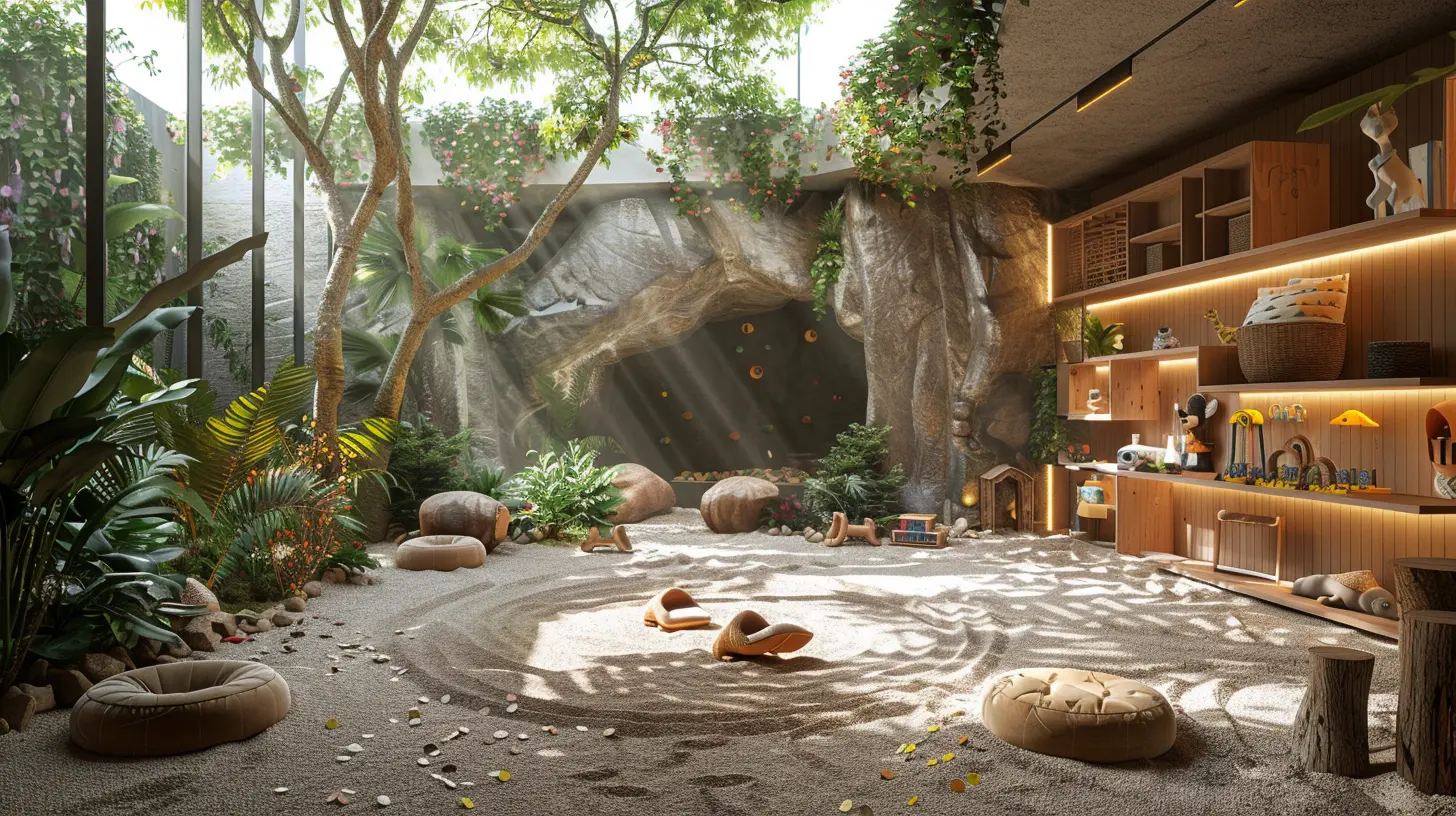
Technology as a Tool for Exploration
In today’s digital age, technology plays a huge role in encouraging exploration and discovery. When used properly, tech tools can open up new avenues for curiosity and creativity.1. Virtual Field Trips
Gone are the days when field trips were limited by budget or geography. With virtual reality (VR) and online resources, students can explore the Great Wall of China, dive into the depths of the ocean, or even visit distant planets—all without leaving the classroom. Virtual field trips can make abstract concepts tangible and bring lessons to life in ways that traditional textbooks simply can’t.2. Educational Apps and Games
There’s no denying that kids love games. So why not use that to your advantage? Educational apps and games can make learning more interactive and fun. Whether it’s coding, math, or language arts, there’s an app for just about everything. The key is to find tools that align with your curriculum and enhance the learning experience, rather than distract from it.3. Student-Led Research Projects
If you really want to encourage exploration, give students the opportunity to lead their own research projects using online resources. Whether they’re investigating a historical figure or conducting an experiment, allowing students to take control of their learning fosters independence and critical thinking.Final Thoughts: A Classroom That Inspires
Creating a classroom space that encourages exploration and discovery is about more than just rearranging desks or adding a few plants. It’s about creating an environment—both physical and emotional—where students feel safe, curious, and excited to learn. By incorporating flexible seating, interactive zones, natural elements, and a culture of curiosity, you can transform your classroom into a place where students don’t just absorb information—they actively seek it out.So, go ahead—design your classroom with discovery in mind. Who knows what amazing things your students might uncover?





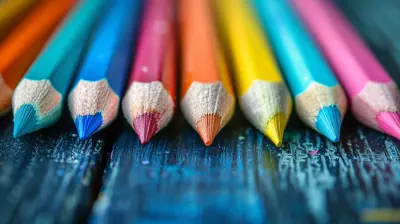

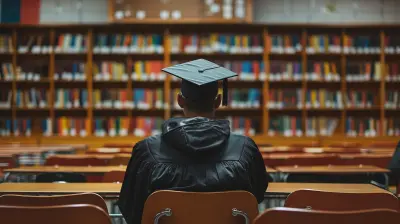
Anastasia McTavish
Empower curiosity through flexible design!
November 21, 2025 at 1:44 PM